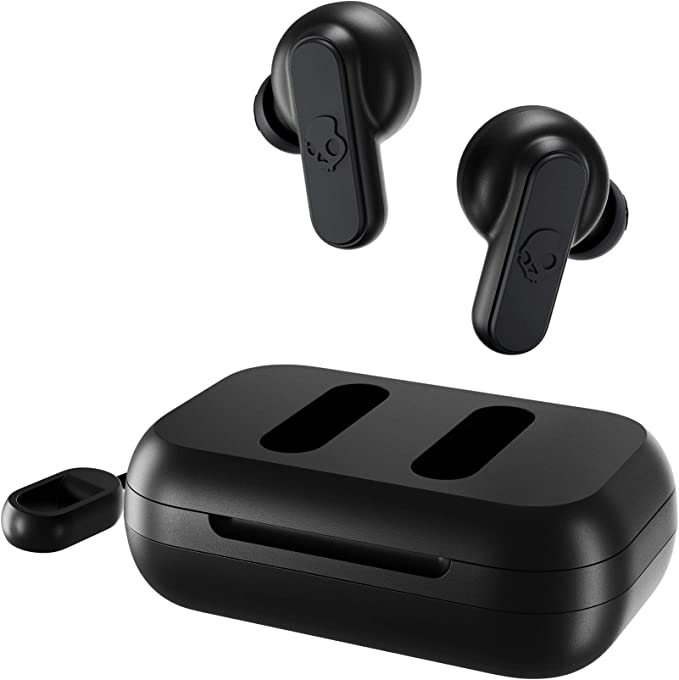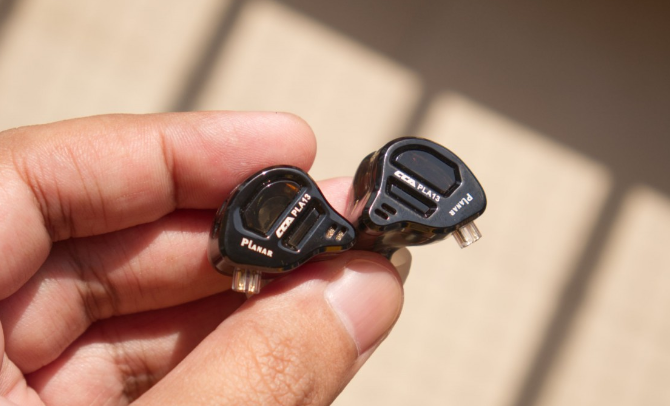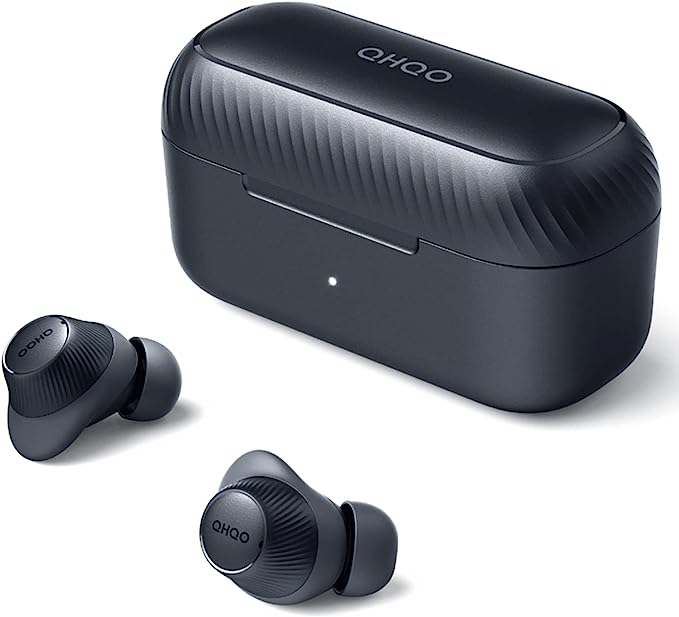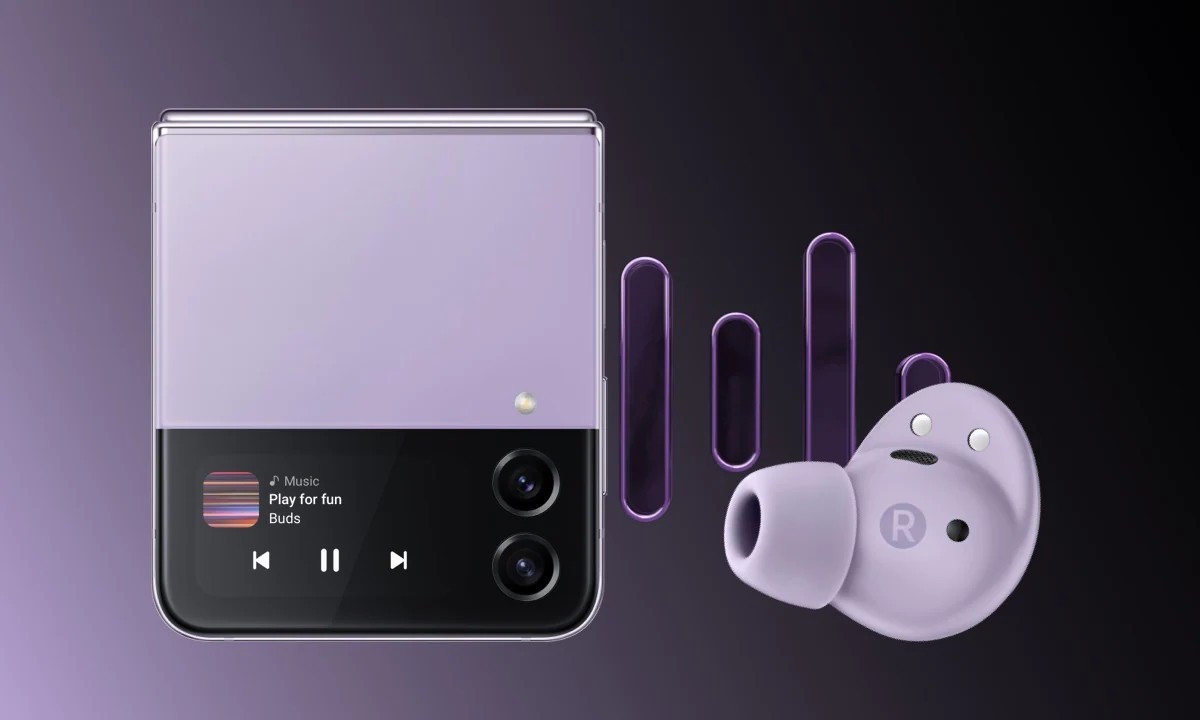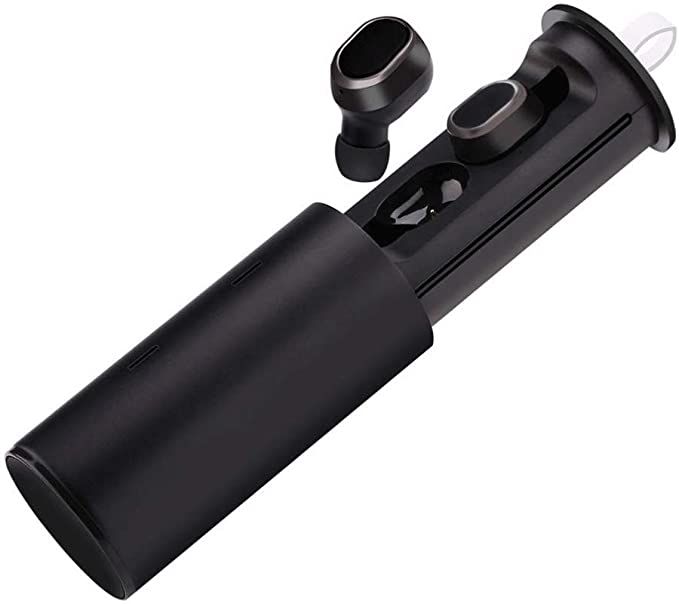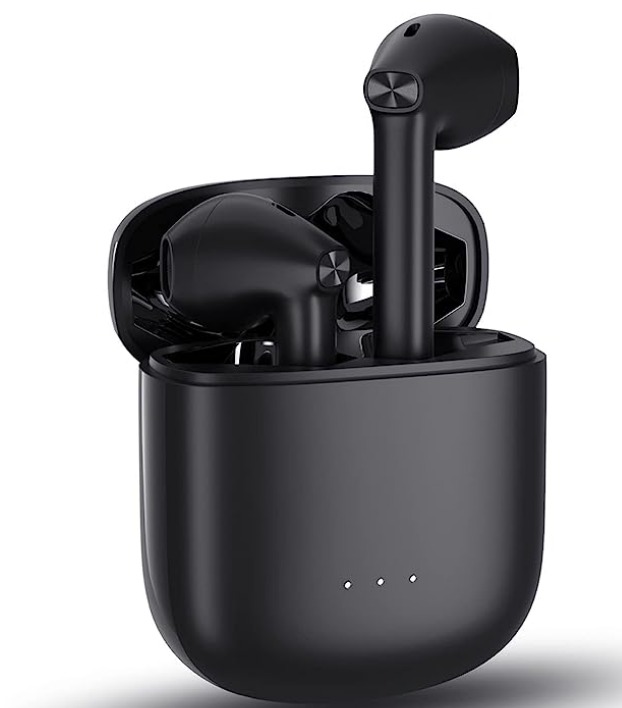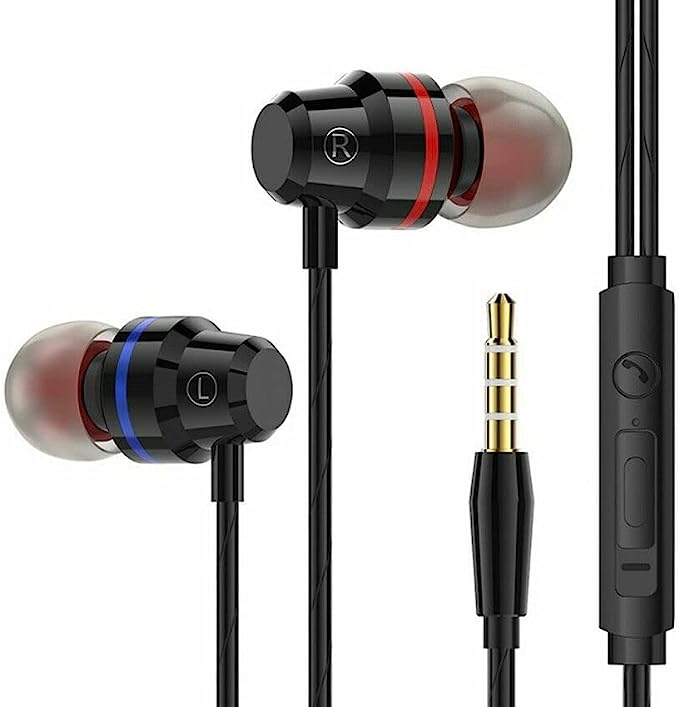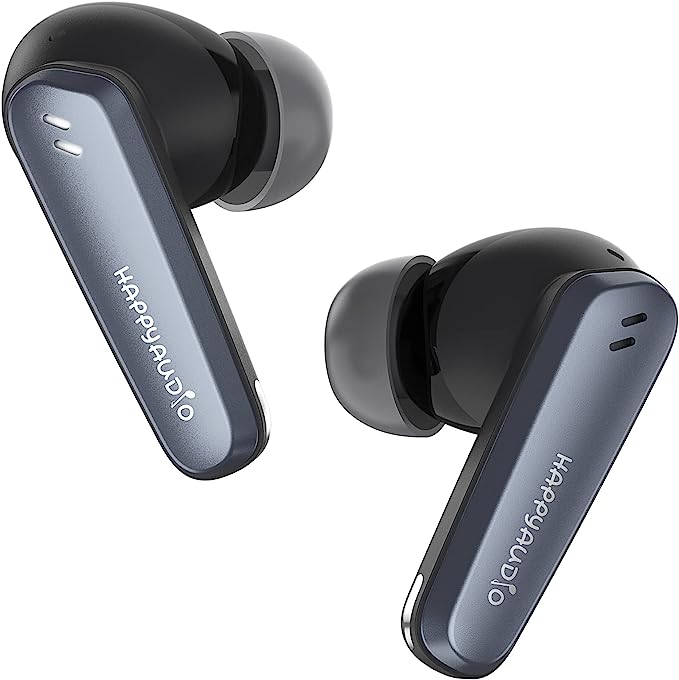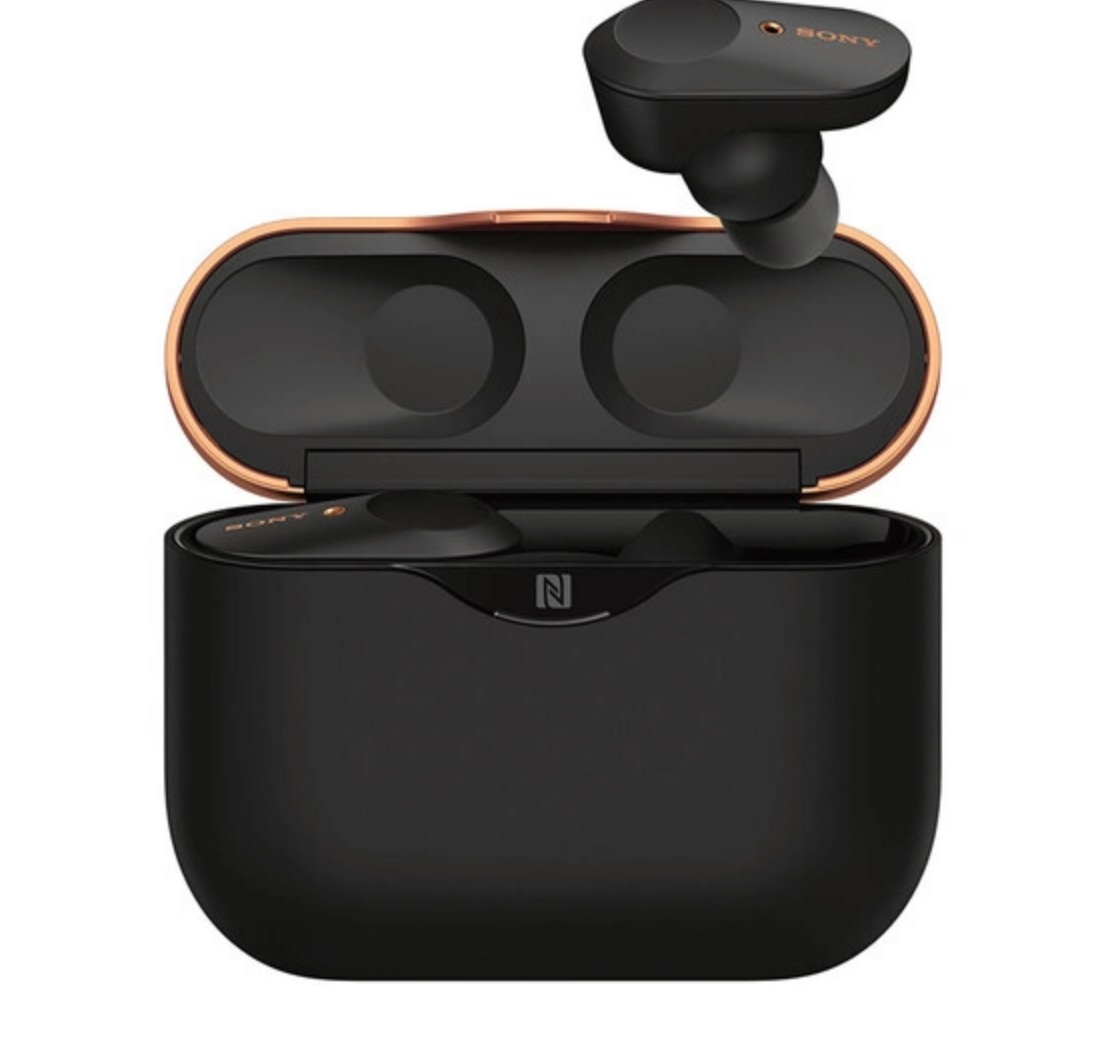Genérico LP40 Wireless Earbuds: Budget-Friendly Bluetooth Earbuds with Impressive Sound
Update on June 29, 2025, 6:03 a.m.
Anatomy of a $14 Miracle: The Hidden World Inside a ‘Generic’ Wireless Earbud
In the vast, sprawling digital marketplace of Amazon, nestled between high-end gadgets and everyday necessities, you’ll find them: technological curiosities that seem to defy economic logic. Case in point: a pair of True Wireless Stereo (TWS) earbuds, sleek and minimalist in white, promising “HiFi Stereo Bass” and Bluetooth connectivity. The price? A baffling $13.95. This isn’t just a discount; it’s a price that feels like a misprint. It prompts a cascade of questions. What manner of sorcery, or what compromises, must exist to deliver a piece of functioning wireless audio technology for less than the cost of lunch? Is it a brilliant bargain or a disposable trap?
To find out, we need to do more than just read the reviews. We need to perform a kind of digital autopsy. Our specimen is the innocuously named Genérico LP40 Wireless Headphones, and its story reveals more than just the quality of a single product; it peels back the curtain on the entire ecosystem of modern consumer electronics.

The Ghost in the Machine: Unmasking the Manufacturer
Our first clue that something is amiss lies in the branding itself. The product is sold under the brand “Genérico”—a Spanish word literally meaning “Generic.” It’s almost defiantly unbranded. Yet, a deeper scroll into the technical details reveals a different name under “Manufacturer”: Lenovo. The plot thickens. In the product description, it’s even referred to as the “Lenovo Thinkplus LP40 Pro.”
This isn’t a mistake. It’s our first and most important lesson in modern manufacturing. Welcome to the world of OEM/ODM (Original Equipment Manufacturer / Original Design Manufacturer). Think of a master bakery that perfects a fantastic croissant recipe. Instead of opening its own chain of cafes, it sells these croissants wholesale to dozens of different coffee shops, who then package and sell them as their own. Lenovo, a massive electronics company, is the master bakery. The LP40 is their well-engineered croissant. “Genérico” is just one of many “coffee shops” selling it.
This model is the invisible engine driving the affordability and proliferation of electronics worldwide. It allows a company like Lenovo to achieve immense economies of scale by producing millions of identical units, drastically lowering the cost of each one. For sellers, it’s a turnkey solution. This is how a $14 earbud begins to make financial sense. It’s not made by some unknown workshop; it’s likely the product of a highly optimized, world-class manufacturing line.

The Sound We Hear: A Symphony of Compromise
With the manufacturing mystery solved, we can focus on performance. User feedback presents a fascinating paradox: many customers, even in 3-star reviews, concede the sound quality for music is surprisingly good. One notes, “Sounds amazing while listening to music.” How is this possible at this price?
The answer lies in two key elements working in concert: basic physics and a mature technology. The earbuds contain small dynamic drivers, the standard speaker technology for decades. The science is simple: an electromagnet vibrates a diaphragm, moving air and creating sound. This technology is so refined and mass-produced that a competent driver costs pennies.
But the real secret ingredient is the “In-Ear” form factor. When you push the earbud into your ear canal, you create a sealed acoustic chamber. This seal does two critical things. First, it provides Passive Noise Isolation, physically blocking a significant amount of high-frequency ambient sound, like office chatter or the hiss of an air conditioner. It’s the same principle as putting your fingers in your ears. Second, this sealed chamber acts like a small subwoofer box for your eardrum, trapping the air pressure generated by the driver and dramatically enhancing the perception of low-frequency sounds, or bass.
The result is audio that sounds fuller and more powerful than it has any right to be. It’s not the product of an expensive, finely-tuned driver, but the clever application of acoustic physics. It’s like discovering that singing in a tiled bathroom sounds richer than singing in an open field; the environment itself is a crucial part of the instrument.

The Voice They Don’t: The Loneliness of the Microphone
If the music playback is the LP40’s surprising triumph, the microphone performance is its predictable tragedy. The same review that praised the music concludes with a damning verdict on calls: “Voice calls were horrible. Everyone I talked to said I sounded muffled.”
This isn’t a simple flaw; it’s a fundamental engineering challenge that costs serious money to solve. Think of it this way: the earbud’s speaker is a megaphone, tasked with shouting sound directly into your ear canal—a short, clear path. The microphone, however, is like a spy trying to record a single person’s whisper from across a loud, crowded party.
The microphone on an earbud sits on your outer ear, a long way from your mouth. It captures your voice, yes, but it also captures the sound of the wind, the traffic, the person talking next to you—everything. Premium earbuds solve this “cocktail party problem” with expensive technology: multiple microphones working together in a “beamforming” array to focus on the user’s voice, coupled with sophisticated AI algorithms that actively identify and erase non-vocal background noise.
The LP40 has none of this. It has a single, basic MEMS (Micro-Electro-Mechanical Systems) microphone doing its best. Without the advanced filtering, your voice is simply mixed in with all the ambient sound, resulting in that classic “you sound like you’re in a tunnel” muffled quality. Here, the compromise is stark and audible. The LP40 can play music well, but it cannot help you communicate clearly.

A Spark of Life, and a Glitch in the Matrix
Powering this entire experience is a tiny 30mAH battery in each earbud, providing a respectable four to five hours of playback. This feat is made possible by the incredible energy efficiency of modern Bluetooth 5.0/5.1 chips, which sip power instead of guzzling it. The endurance is perfectly adequate for a commute, a workout, or a couple of hours of focused work.
However, our investigation hits one final, bizarre snag. The product information claims a Charging Time of 5 Hours. This is not just slow; it’s nonsensical. In the world of modern lithium-ion batteries, charging a tiny 30mAH cell should take an hour, perhaps 90 minutes at most. A five-hour charge time would suggest a charging system so inefficient it’s almost broken. The far more likely explanation? It’s a simple typographical error, a ghost in the product listing’s data. It’s a final, humorous reminder to be a critical consumer, to question data that defies the laws of physics and engineering, and to understand that even on a global marketplace, human error persists.

The Beauty of the ‘Good Enough’
So, what have we learned from dissecting our $14 specimen? The Genérico LP40 is not a scam, nor is it a technological marvel in the traditional sense. It is, however, a masterpiece of compromise. It is a testament to the power of scaled manufacturing and the maturity of core technologies.
It successfully delivers the fundamental promise of TWS earbuds—wireless freedom and private, enjoyable music—by leveraging clever physics and decades of manufacturing refinement. It strategically sacrifices the features that remain complex and expensive, like high-fidelity call quality. It tells a story of calculated trade-offs, where engineers, bound by unforgiving cost constraints, decide what is essential and what is expendable.
Perhaps the true miracle here isn’t flawless technology. It’s technology that is flawlessly adequate for its price. The existence of the LP40 means that the baseline for wireless audio is no longer a luxury. It’s an accessible commodity. The story of this unassuming, “generic” earbud is, in miniature, the story of the modern, interconnected world—a world filled with hidden complexities, brilliant compromises, and the relentless democratization of technology.
